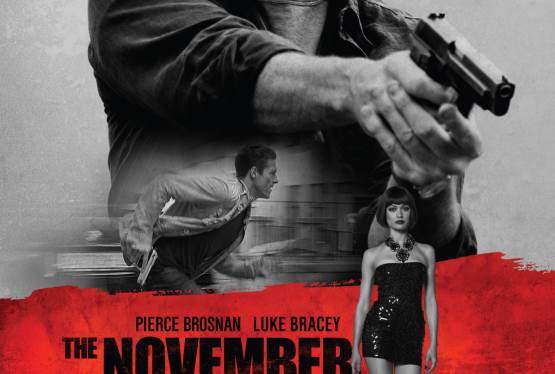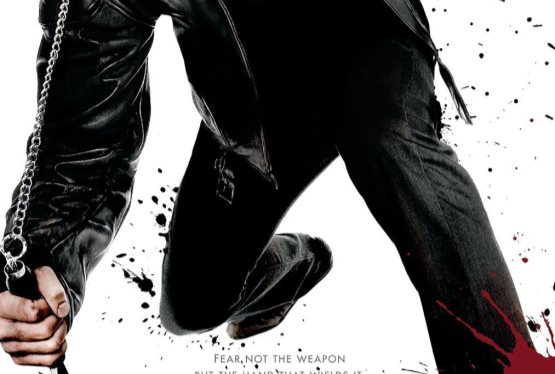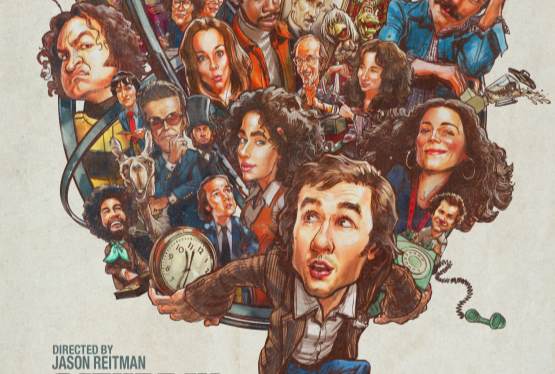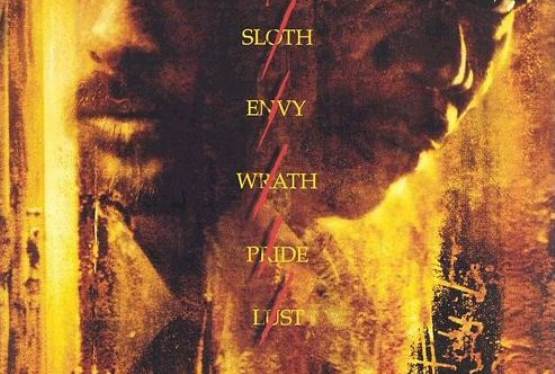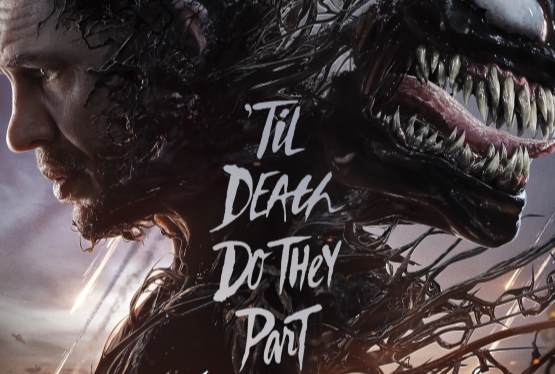Star Wars: Episode IV - A New Hope (1977) Review
By Marco Chacon 
5 Min Read
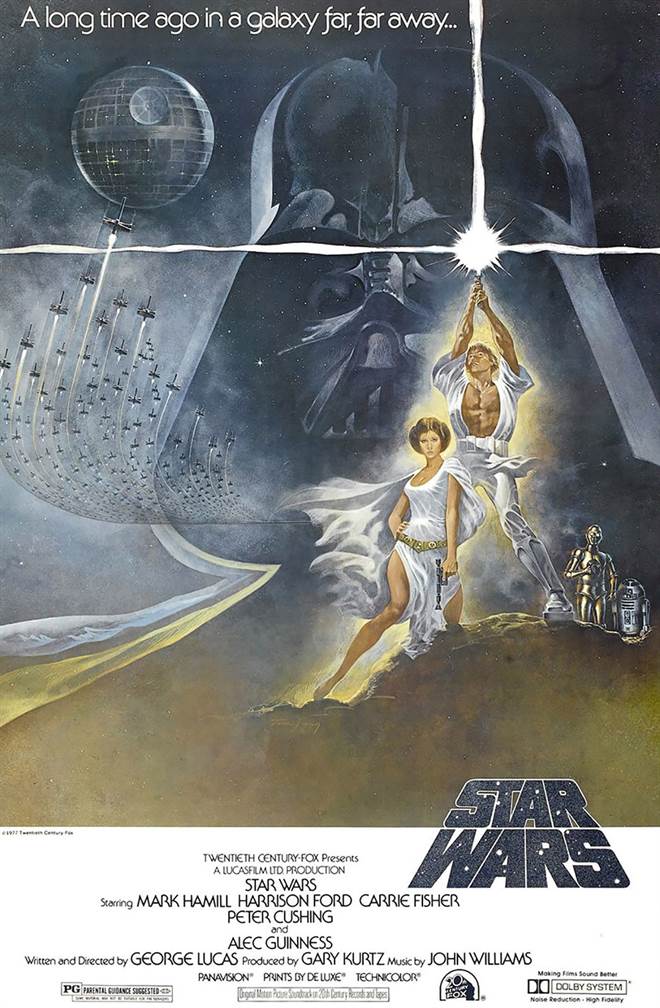
Star Wars is a piece of modern mythology. There is so much said about it--so much written, reported, re-reported, and so on that even the "artifact on the screen" is no longer canon (Kaarina watched, to my horror, Greedo fire first). Reports differ over who wanted to kill off Obi Wan (Alec Guinness claimed it was his idea, Lucas claimed he was upset over being removed from the movie). Debate about what doing the Kessel Run in "12 parsecs" means is pretty much iconic to fan-wanking (and if you don't know what that is, count yourself lucky). Certainly someone told Lucas "You can write this [stuff] but you can't say it" but IMDB and Wikipedia differ over whether it was Fisher or Ford (I hold with Ford).
None of this matters: the movie is legendary for a reason--whatever stature it earned, it did it fairly. No matter how bad the dialog--and to my adult ear, it is cringe-inducing--no matter how much George may have changed the plot or how deeply he lied about having it all figured out from the start--no matter whether the next three movies sucked or were "okay"--no matter. The first movie, by itself, is a cultural singularity. It changed things powerfully and irrevocably and it changed them for the better (it gave us Firefly. It gave us the new Battle Star Galactica. It gave us modern science fiction).
So a legitimate question is: why? The characters are pretty much archetypes. The story is elemental in its simplicity. The plot is derivative (albeit from Japanese sources which most of the audience hadn't seen--the same way we gawked at Wire-Fu in the Matrix). Is it simply a case of "right place at the right time?" I don't think so. I think the movie is every bit the masterpiece that its place in cinema history dictates it should be. Having just watched it, I think it's fair to take a look at what it did and how it did it so well.
The Used Future
Star Wars gives us a future where everything is dirty. Where everything is used. This was, at the time, inspirational. Wheedon credits his look-and-feel for Firefly as coming from Star Wars. Before that we had the utopian antiseptic Star Trek where even Klingon ships had carefully swept floors. Star Wars as a future doesn't just look lived in--it looks dusty, grimy, and mechanical. It has a hard-core reality to it that we can connect with on a subconscious level: when we exit the theater and see our dust-covered AMC Gremlin in the parking lot we can note that while it probably doesn't have "carbon scoring" the dust on it and the dent on the rear bumper does, in fact, remind us of the Falcon.
Innovative Filming and Story
Lucas apparently initiated the pan-across-the-star-field. If that's true (and Ebert says it is) then he deserves Orson Wells credit for that alone. In fact, the opening scene with the massiveness of the Imperial Star Destroyer was, even after all these years, stunning. People talk about starting stories the middle (In Media Res) but if there's an iconic example, Star Wars is it.
He then moves us to an extended scene with the droids--two characters who are entirely inexpressive and one of whom is even inhuman and doesn't speak English. With only one voice and no characterization from the Jawas, it's easy to believe that he could've lost us. He might've if he hadn't introduced ...
Darth Vader
Apparently "Vader" is dutch for "Father"--if this was a clue to his identity, I'll eat my hat: I think Lucas made it up on the fly (and if you want to read how the story progressed look at the StarWarz site for the original Luke Starkiller scripts!). It doesn't matter: Vader, Luke-daddy-or-not, is compelling. He appears first as a giant black humanoid contrasted to the white-dressed storm troopers. His respirator rasp is ominous and his presence is, perhaps, the highest of any character in the movies ever.
The fact that Vader is hunting the droids gives the movie a sense of menace that exists beyond anything we could reasonably expect. I don't know if its brilliance or happy accident--the combination of David Prowse's body and James Earl Jones' voice is a synergistic combination that I doubt Lucas could have foreseen. Furthermore, in a movie that uses absolutely state of the art F/x, Vader is one of the few things that doesn't look at all dated three decades later. But he's not the only thing ...
Rich Sets and Visuals
Star Wars had a decent budget but that alone doesn't explain the vision. The decision to film the desert scenes in Tunisia gives them a not-California look that must have been an expensive decision which, again, pays off beyond what we might reasonably expect--but I'd known that. What I was struck by was Luke's home. It's probably not entirely a special effect--not the same way the Jawa's giant Sand Crawler is. I don't know how they did it--but I'd not be surprised if there really was an underground housing complex they modified for "space look."
The richness doesn't stop there. The fact that these people use a different language and everything is covered with script gives the movie a Japanese-Kanji appearance the same way that, to a westerner, Tokyo does. And it does look high tech. The droids, most of which were far simpler in construction than the two characters, are ubiquitous--far beyond what might've been absolutely called for. We are treated to an entire world--and if the cantina aliens don't look all that convincing, that's okay.
What'd He Get Away With
I think a lot of the genius of Star Wars was a combination of extreme effort (excellent locations, attention to detail, and a vision that was brave enough to have non-human main characters and a lot of people with, literally, no expression beyond voice like Chewbacca) and luck (Vader being so iconic and casting Harrison Ford). Either of these alone would have given him a hit (I think a movie with the X-wing fighters alone would've done okay) but the combination created a legend.
What he couldn't overcome was the scripting. Listening to the characters talk I can see the immediate traceability to the guy who gave us the next three Star Wars films including one named Attack of the Clones. Lucas' vision is not sophisticated--his dialog is neither sophisticated (watching Anakin woo Padmé Amidala is evidence enough of this) nor considered ("It's a trap!"). His characterization rarely goes beyond stereotype (Jar Jar Binks, the Asian trade federation). He puts his energy elsewhere.
The Legacy
But in the end, Star Wars has given us not just one masterpiece but an entire galaxy of work from computer games to the other five movies to the ... Christmas Special. It has given us new language and a new way of thinking about science fiction. The movie that started it all, 31 years later, still holds power. My daughter, up well past her bed time, watched it wide-eyed.
In the morning, next to a unicorn, she drew Darth Vader.
Cast:
Directed By:
MPAA Rating: PG
Running Time: 125 minutes
Distributed By: 20th Century Fox
For more information about Star Wars: Episode IV - A New Hope visit the FlickDirect Movie Database. For more reviews by Marco Chacon please click here.
Star Wars: Episode IV - A New Hope images are courtesy of 20th Century Fox. All Rights Reserved.
SPONSORED LINKS
Today's Digital HD DealsView All
The November Man
WAS: $14.99
NOW: $12.99
NOW: $12.99
A Bigger Splash
WAS: $14.99
NOW: $4.99
NOW: $4.99
Ninja Assassin
WAS: $12.99
NOW: $9.99
NOW: $9.99
Latest ReviewsView All
Se7en: A Thrilling 30th Anniversary Release from W...
Physical Media: 4K UHD Review
Jan 06, 2025 EST
Physical Media: 4K UHD Review
Jan 06, 2025 EST

